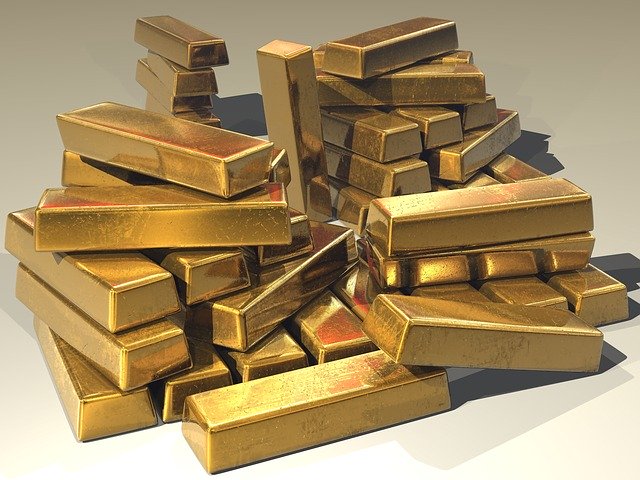Any investor who held Golden Prospect Precious Metals this time last year, could have more than doubled their money. The fund is up 105.7% in share price terms over the 12 months ending 11 June 2020. Some of that performance represents discount narrowing, the NAV rose by 98.4% over that period, but not enough. Today, the trust trades on a 21% discount. It is very unusual for a fund to do so well and not attract sufficient new investors to push it onto a premium.
In a way, it is a healthy sign that investors haven’t just piled on the bandwagon. One of the most painful things to see is investors overpaying for whatever is ‘hot’ and selling out at the bottom. The size of Golden Prospect’s discount is peculiar, though.
In part, it is a reflection of the size of the fund. With a market cap of just £25m, the trust is too small for most professional investors to consider. The small size helps inflate its ongoing charges ratio as well – this was 2.76% for the year ended 31 December 2019. The manager’s fee is a more modest 1.25% on net assets but, with a small fund, unavoidable running costs that would be less significant to a larger fund, have a disproportionate impact.
Golden Prospect doesn’t offer a yield. Three other funds in the sector do. CQS Natural Resources Growth & Income (which is managed by the same team that manages Golden Prospect), BlackRock Energy & Resources and BlackRock World Mining all offer quite chunky yields ranging between 6.3% and 7.7%.
The commodities and natural resources sector has been out of favour for many years now. Geiger Counter (which is managed by the same firm as Golden Prospect) trades on a 9% premium, on hopes that the uranium price is stable and rising (quite a few mines have been mothballed and the supply/demand balance for uranium is much better than it was). Elsewhere in the sector, most funds trade at mid-teens to early twenties discounts.
Generally, many commodity markets are in an oversupply situation and the fall in economic activity related to COVID-19 is exacerbating that situation. However, the gold market has the benefit of gold’s status as an alternative currency. In an environment where governments around the world are printing money in a desperate attempt to shore up their economies, gold looks like a safe haven.
Golden Prospect’s performance was particularly strong in April. The main buyers of gold were the exchange-traded funds (ETFs), which bought 5.1m ounces in April. These funds expand with demand from investors. Traditional buyers of gold in India, China and Turkey, appear to be being put off by the high price, however. Jewellery demand is falling.
Golden Prospect is invested in the mining companies rather than the metal. About three-quarters of the fund is exposed to gold and most of the rest relates to silver. The miners are geared into rising prices – once the price exceeds the extraction cost, profits start to multiply.
The portfolio is split between producers, developers and explorers, with an emphasis on producers. West African Resources, which was the largest holding in the portfolio at the end of April 2020, has just made the transition from being a developer to a producer. This has de-risked the company materially and helped drive its share price higher. It poured its first gold at its Sanbrado gold project in Burkina Faso on 18 March. It hopes to produce more than 300,000oz in the first twelve months of production. The all-in cost of production is around $600/oz. That works out at $1,139/oz or EBITDA of $342m. A year ago, with the price $390 lower, EBITDA would have been $225m. That’s 52% more money for a 29% increase in the gold price. Projects with higher all-in costs will be even more geared.
At the end of April, West African Resources announced it would buy a neighbouring gold deposit with the aim of prolonging the project life. This is symptomatic of another phenomenon that occurs when prices start to rise – more M&A activity.
So, for the moment, things seem set fair for Golden Prospect. If the high gold price persists, investors may become confident enough for the discount to narrow. Across the rest of the sector, sentiment is depressed by the impact of COVID-19 on end demand. Some areas, those exposed to infrastructure investment, may find that demand picks up quite quickly as a recover begins and governments look to shore up economic activity by increasing infrastructure investment. There may be brighter days ahead for some of these funds too.

Well I can easily think of 3 reasons:
1 Share performance since inception
2 Absence of Dividends since inception
3 Disappearance of half the funds in 2018